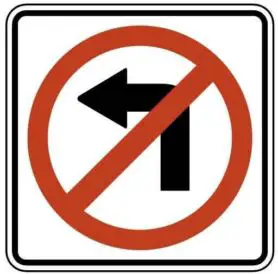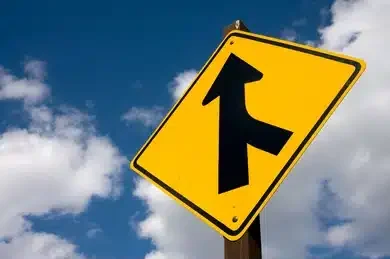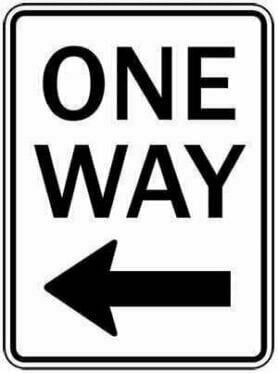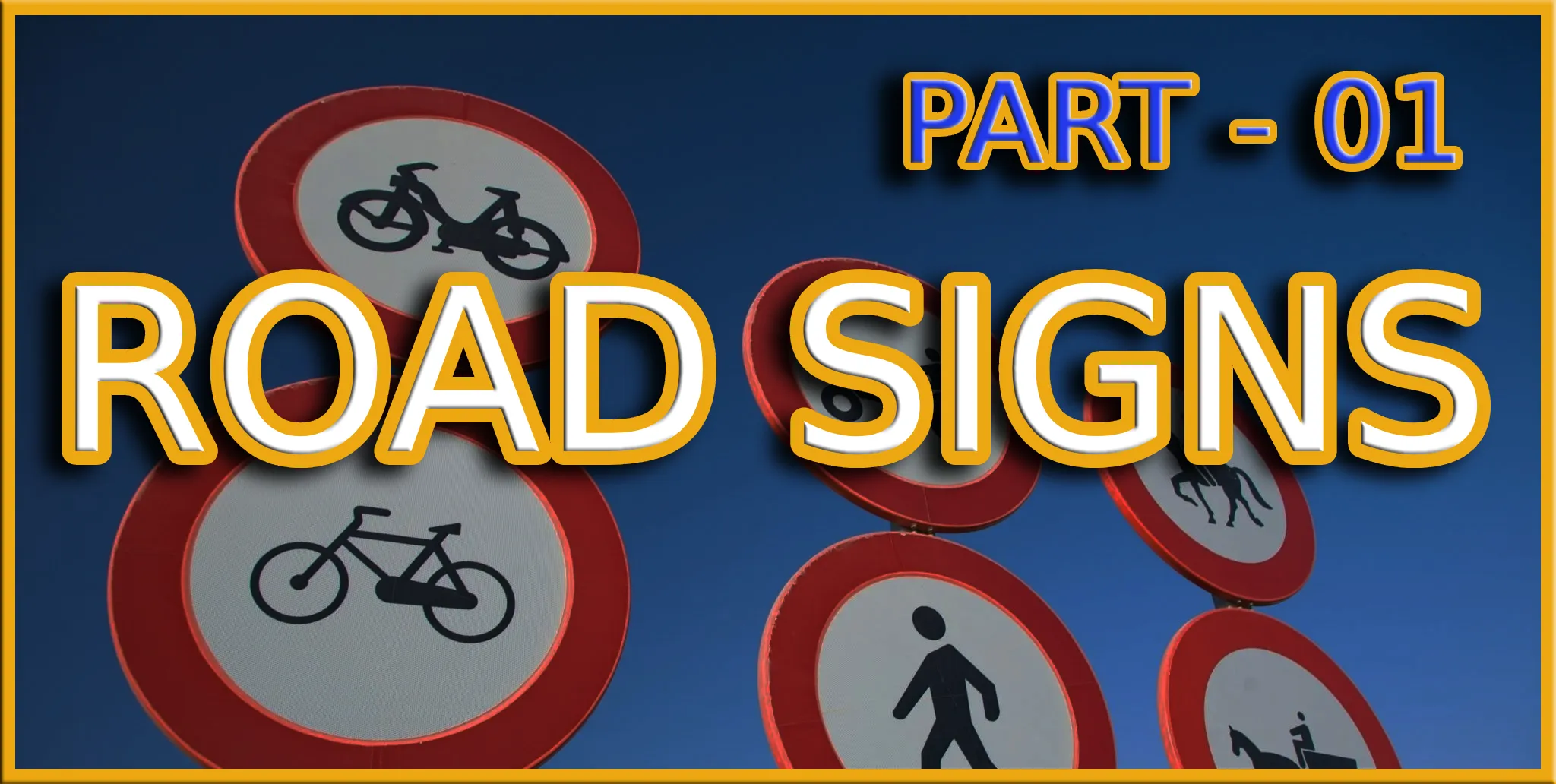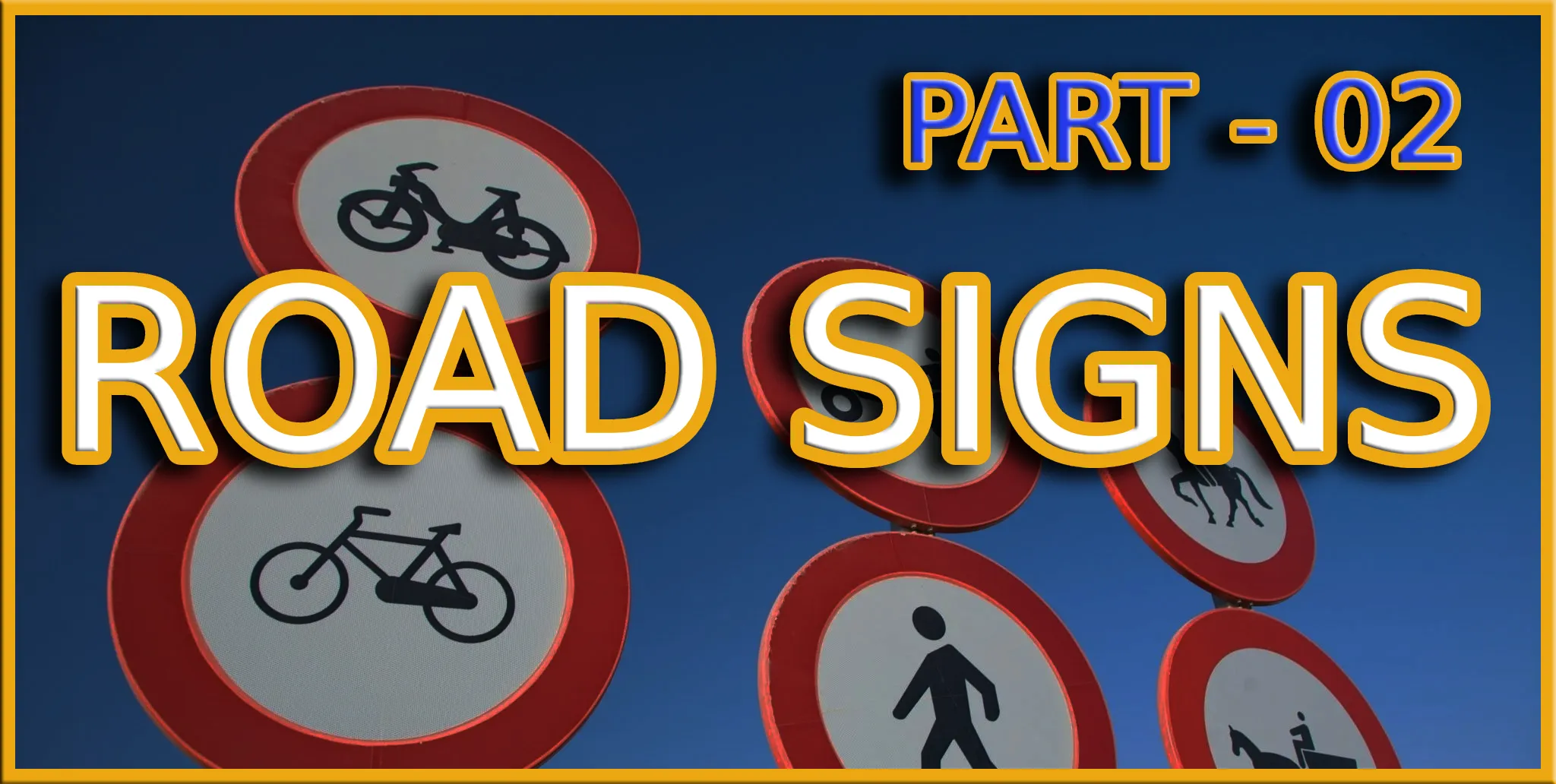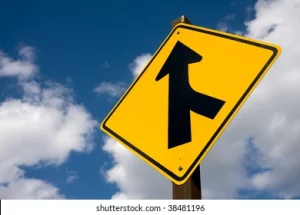Do Not Pass Sign

What Does Do Not Pass Sign Mean?
A “Do Not Pass” sign is a regulatory traffic sign designed to inform drivers that passing other vehicles in this area is prohibited.
Characteristics:
- Shape: Typically rectangular with a white background and black border.
- Symbol: Black text that reads “DO NOT PASS.”
- Placement: Positioned on the right side of the road where passing is not allowed.
Purpose:
- To prevent drivers from attempting to pass other vehicles in areas where it is unsafe to do so.
- To maintain smooth and safe traffic flow by keeping vehicles in their designated lanes.
- To enhance overall safety by reducing the risk of head-on collisions or other accidents caused by improper passing.
Remember:
- This sign indicates that you must not attempt to pass other vehicles in this area.
- Stay in your lane and wait until you are in a designated passing zone to overtake other vehicles.
- Violating this sign can result in traffic citations or fines.




